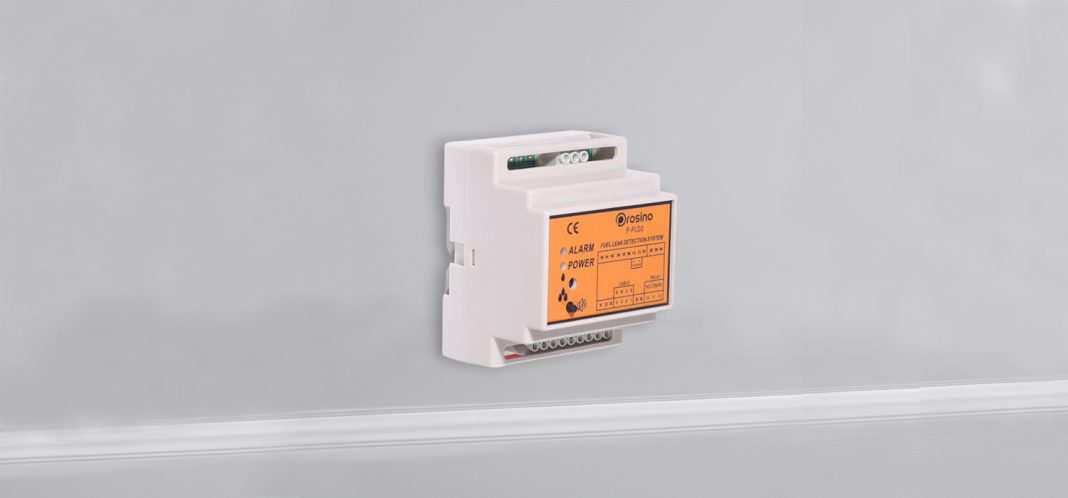Fuel Leak Detection is a critical focal point for industries that handle, transport, and store hydrocarbon fluids, including oil and fuel. Unlike water leaks, hydrocarbon leaks have the potential to induce not only substantial financial losses but also pose imminent threats of fire and explosions. Prevention measures are of utmost importance to mitigate these risks. This article embarks on an objective comparison between conventional approaches to fuel leak detection and the advancements introduced by contemporary solutions.
Traditional Approaches to Fuel Leak Detection
Historically, fuel leak detection relied heavily on manual oversight and surveillance. Routine visual inspections and physical assessments constituted customary practices. However, these methods were often labour-intensive, time-consuming, and susceptible to human fallibility. Furthermore, considerable harm could have already transpired when a leak was visually discerned.
An alternate traditional technique encompassed deploying absorbent materials in areas prone to leaks. While these materials could indicate the presence of a leak, they lacked the ability for real-time monitoring and merely provided retrospective information post-leakage.
The Evolution of Fuel Leak Detection
Recent times have witnessed a transformation in fuel leak detection, catalyzed by modern technologies and innovative solutions. These developments address the inadequacies of traditional methods and offer anticipatory, real-time monitoring and prevention.
Swift Response Time
Modern fuel leak detection solutions, exemplified by offerings like the Fuel Leak Detection Cable, exhibit exceptional swiftness in response to hydrocarbon fluids. In contrast to traditional approaches reliant on human interpretation, these advanced systems enable nearly instantaneous leak detection, minimizing the temporal gap between leak occurrence and identification.
Outdoor Applicability and Water Insensitivity
Traditional methods often grappled with the challenges of outdoor deployment due to the influence of environmental factors like rain. Modern solutions, exemplified by the Fuel Sensing Cable, have been tailored for outdoor use and are impervious to water. This characteristic engenders consistent performance across diverse weather conditions and surroundings.
Reusability and Economical Viability
In contrast to the single-use nature of traditional absorbent materials, contemporary fuel leak detection systems underscore reusability. This facet contributes to cost-effectiveness and aligns with ecologically responsible practices by reducing waste production.
Streamlined Installation
Traditional methods frequently entailed intricate installation processes and intricate setups. In contrast, modern solutions are pre-configured and ready for installation, simplifying the setup procedure and ensuring accurate sensor placement to optimize leak detection effectiveness.
Conclusion
The juxtaposition of traditional methods and modern fuel leak detection solutions accentuates the impressive strides in augmenting safety and operational efficiency. Modern solutions outperform their conventional counterparts with rapid response capabilities, resilience in outdoor scenarios, reusability, and streamlined installation. As industries continue to emphasize safety and environmental consciousness, the integration of advanced fuel leak detection technologies metamorphoses from a mere necessity into a strategic advantage.
While acknowledging the potential demonstrated by modern solutions, it is imperative to recognize that the broader industry transition towards technology-driven and proactive leak detection reflects a collective pursuit of fortifying against the perils associated with hydrocarbon leaks. By embracing these advancements, industries ensure the perpetuity of their operations and contribute to the creation of safer communities and a more sustainable future.











